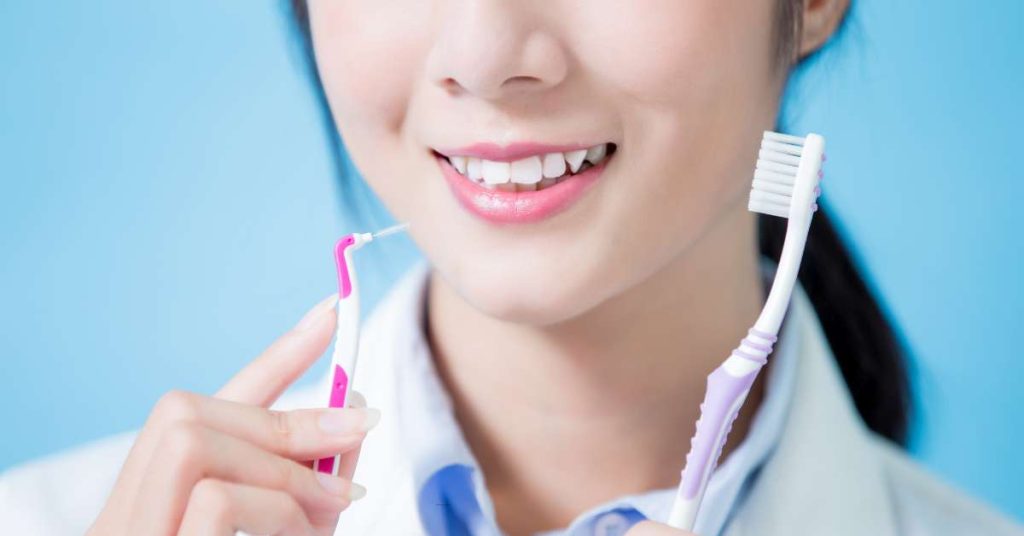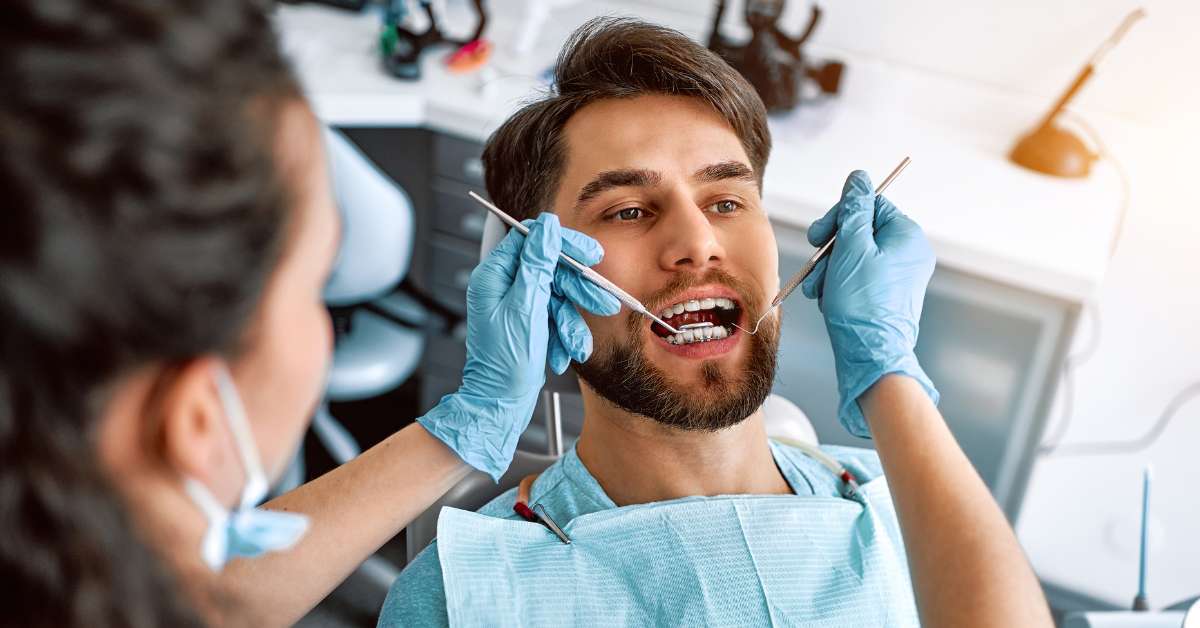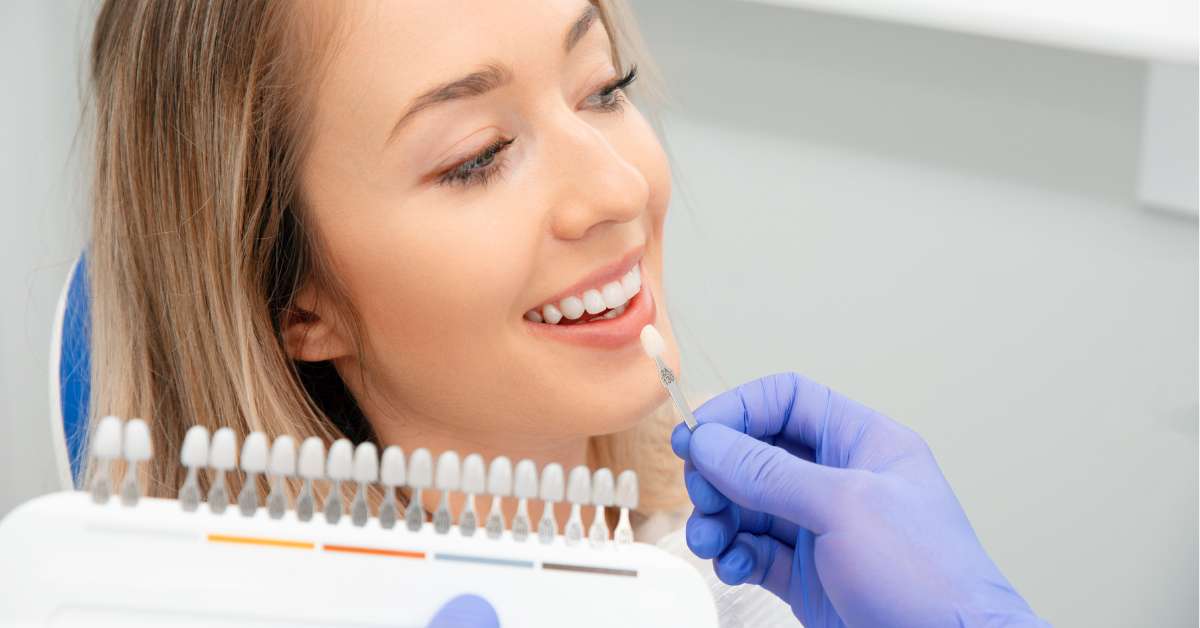Replace your toothbrush before it loses its effectiveness. Most people wait too long, thinking it’s fine as long as the bristles are still there. But an old toothbrush cleans less effectively and can start causing problems.
Bacteria build up. Bristles wear down. Your gums can get irritated.
If you’re not sure when to swap it out, you’re not alone. But paying attention to the timing can make a real difference. Here’s how often to replace your toothbrush, what signs to look for, and why it matters more than you might think.
KEY POINTS
- Replace your toothbrush every three to four months. Swap it sooner if the bristles are worn, you’ve been sick, or it smells bad.
- A worn toothbrush doesn’t clean well and can hurt your gums. If it looks bent or feels off, it’s time for a new one.
How Often Should You Replace Your Toothbrush?
Replace your toothbrush every three to four months. That’s the standard rule most dentists follow, and for good reason.
After a few months of brushing twice a day, your toothbrush simply stops working the way it should. The bristles lose their shape. They get soft, bent, or spread out, and once that happens, they don’t reach where they need to.
You might still feel like you’re brushing, but you’re not getting your teeth nearly as clean.
In fact, this is also backed by research. A study published in the International Journal of Dental Hygiene found that people who used brushes with extreme bristle wear had significantly more plaque than those using brushes with little or no visible wear.
The researchers also found that bristle splaying, where the outer bristles bend outward past the brush head, was a stronger indicator of reduced cleaning power than just how long the brush had been used
When to Replace Your Toothbrush Sooner
The three-month guideline is a good rule, but it doesn’t cover everything. Some situations call for a new toothbrush much sooner. Here’s what to watch for:
- Frayed Bristles
If the bristles are bent, splayed, or curling outward, they’re no longer cleaning well. Once that happens, it’s time for a new brush, no matter how old it is. - Your Teeth Don’t Feel Clean
Still feel a fuzzy film after brushing? That’s a sign your brush isn’t working anymore. It’s good to trust how your mouth feels. - After Being Sick
Colds, flu, and sore throats can leave germs behind in the bristles. Don’t take the risk and just replace your brush once you’ve recovered. - It Smells Off
If your toothbrush has a strange or musty smell, bacteria have likely taken hold. Then, toss it away. - Someone Else Used It
Even one accidental use is enough. Everyone’s mouth has different bacteria. - You Dropped It
If it hit the floor, touched the toilet, or fell into the sink, it’s safer to replace it. There’s no guaranteed way to clean it thoroughly. - Your Gums Are Bleeding
Worn bristles can irritate your gums. If you’re seeing more bleeding, it might be your brush, not your gums. - You Don’t Remember the Last Time You Changed It
If you have to guess, it’s probably overdue.
How to Make Replacing Your Toothbrush Easier to Remember
It’s easy to forget. You use it every day, but it’s not always obvious when it’s time for a new one. Here are simple ways to make sure you don’t wait too long.
- Set a Reminder on Your Phone
A calendar alert every three months takes the guesswork out. Once it goes off, grab a fresh brush. - Change with the Seasons
Tie your toothbrush swap to something you already notice, like the start of a new season. Winter, spring, summer, fall. Four new brushes, easy to track. - Write the Start Date on the Handle
Use a permanent marker to write the month on the brush when you start using it. You’ll know exactly how long it’s been. - Keep Extras on Hand
Buy toothbrushes in bulk or keep backup heads for your electric brush. That way, you won’t put off replacing it just because you forgot to shop. - Use a Subscription Service
Some companies will mail you a new brush or electric head every three months. When it shows up, that’s your signal to switch.
Remember, small habit = big payoff. Keeping your toothbrush fresh means your brushing stays effective, and that’s one of the easiest ways to protect your teeth.
How to Choose the Right Toothbrush Replacement?
Not all toothbrushes are the same. When it’s time to replace yours, the right one can make daily brushing easier, more comfortable, and more effective.
- Go for Soft Bristles. Soft bristles are strong enough to remove plaque but gentle on your enamel and gums. Hard bristles can wear down your teeth and cause gum irritation over time.
- Pick a Comfortable Handle. You need good control while brushing. Choose a brush that fits comfortably in your hand and doesn’t slip around when wet.
- Check for a Compact Brush Head. Smaller heads help you reach tight areas, especially around the back molars and along the gumline.
- Look for the ADA Seal
The American Dental Association seal means the brush has been tested and proven to work safely and effectively. - Use What Helps You Stay Consistent
Manual or electric, just choose the one you’ll actually use. Electric toothbrushes can be helpful for people who brush too fast or press too hard. Manual brushes are simple, affordable, and easy to take on the go.
Check Your Brush, Protect Your Smile
Take a quick look at your brush right now. If the bristles are worn, if you’ve been sick, or if you can’t remember when you last replaced it, grab a new one today.
Don’t wait until your gums hurt or your next dental visit to find out it wasn’t doing the job.
Book a full checkup with Digital Aesthetic Dentistry and let us take care of your teeth, gums, and everything in between.
FAQs
Do I still need to replace my brush if I only brush once a day?
Yes. Even with less use, bristles wear down and collect bacteria over time. Three to four months is still a good rule.
Can an old brush cause gum problems?
Yes. Worn bristles can irritate your gums and leave plaque behind, leading to bleeding or recession over time.
Are soft bristles better?
Yes. They clean effectively without damaging enamel or gums. Hard bristles can irritate and wear down your teeth.




